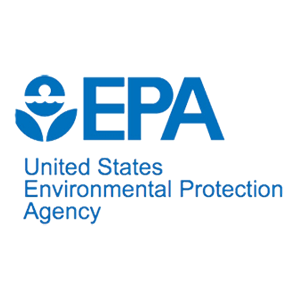Addressing childhood lead exposure is a priority for the Environmental Protection Agency (EPA). This rule addresses health concerns for all affected communities, including children living in communities with environmental justice concerns, who have significantly higher blood lead levels (BLLs) than other children. As part of EPA’s efforts to reduce childhood lead exposure, and in accordance with a U.S. Court of Appeals for the Ninth Circuit 2021 opinion, EPA is proposing to lower the dust-lead hazard standards (DLHS) from 10 micrograms per square foot (µg/ft2 ) and 100 µg/ft2 for floors and window sills to any reportable level as analyzed by a laboratory recognized by EPA’s National Lead Laboratory Accreditation Program. This is a non-numeric value that the Agency refers to as greater than zero µg/ft2 and may vary based on laboratory or test. While EPA’s DLHS do not compel property owners or occupants to evaluate their property for lead-based paint (LBP) hazards nor take control actions, if an LBP activity such as an abatement is performed, then EPA’s regulations set requirements for doing so. EPA is also proposing to change the dust-lead clearance levels (DLCL), which are the values used to determine when abatement work can be considered complete, from 10 µg/ft2 , 100 µg/ft2 and 400 µg/ft2 for floors, window sills, and window troughs to 3 µg/ft2 , 20 µg/ft2 , and 25 µg/ft2 , respectively. Under this proposal, the DLHS for floors and window sills would not be the same as the DLCL for floors and window sills ( i.e., the DLHS and DLCL would be decoupled). Accordingly, dust-lead hazards could remain after an abatement due to the different statutory direction that Congress provided EPA with respect to the DLCL. Additionally, EPA is proposing to change the definition of abatement so that the recommendation for action applies when dust-lead loadings are at or above the DLCL, as well as several other amendments, including revising the definition of target housing to conform with the statute.
DATES:
Comments must be received on or before October 2, 2023. Under the Paperwork Reduction Act (PRA), comments on the information collection provisions are best assured of consideration if the Office of Management and Budget (OMB) receives a copy of your comments on or before August 31, 2023.
ADDRESSES:
Submit your comments, identified by docket identification (ID) number EPA–HQ–OPPT–2023–0231, through the Federal eRulemaking Portal at https://www.regulations.gov. Follow the online instructions for submitting comments. Do not submit electronically any information you consider to be Confidential Business Information (CBI) or other information whose disclosure is restricted by statute. Additional instructions on commenting and visiting the docket, along with more information about dockets generally, is available at https://www.epa.gov/dockets.


